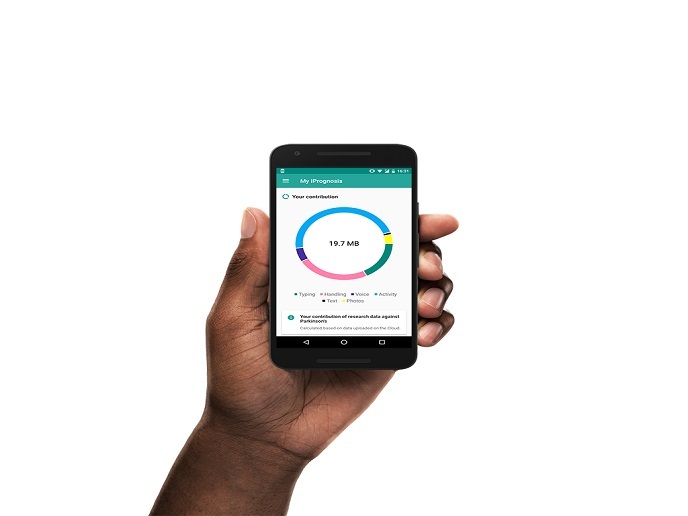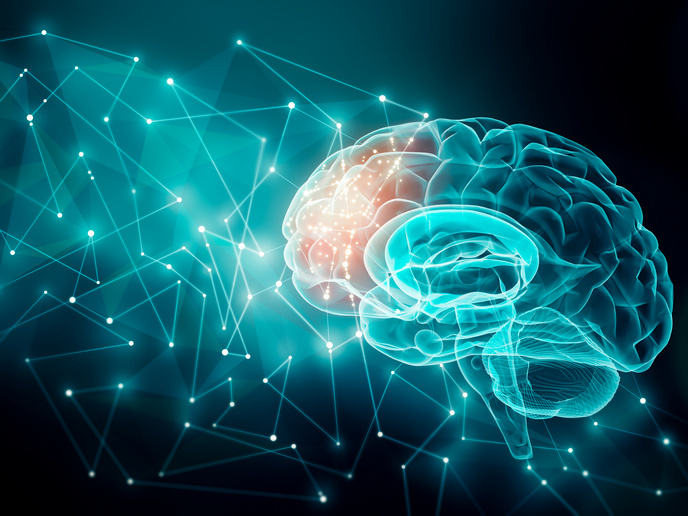Can mobile selfies predict early Parkinson’s disease?
Accumulating evidence indicates that early intervention could delay PD symptoms such as tremor, frailty, and emotional instability. Coupled with the lack of biomarkers or findings on routine magnetic resonance imaging and computed tomography, this leads to PD remaining undiagnosed for years.
A mobile app that detects PD patterns
To address this problem, scientists of the EU-funded i-PROGNOSIS(opens in new window) project developed an intelligent ICT-based solution for identifying the risk of PD by sensing certain behavioural parameters remotely, in an unobtrusive manner. “With mobile phones playing such a central role in everyday life, they can be used to reflect behavioural information that can lead to conclusions for underlying PD-related symptoms, much sooner than they can be diagnosed,” explains project coordinator Leontios Hadjileontiadis. Through the habitual use of a smartphone, the iPrognosis application can capture voice, motion, typing patterns as well as socialising and lifestyle behaviour (GData). Individuals with noticeable changes in GData patterns undergo more guided testing to produce additional sensorial data (SData) from wearable biosensors and internet-of-things-based everyday living artefacts. These essentially capture alterations in gait, bowel movement and food intake. Collectively, this data is processed by advanced Big Data analytics and machine learning techniques to produce reliable early PD symptoms detection alarms.
A new perspective on PD diagnosis
Based on everyday smartphone use, i-PROGNOSIS has created a new perspective on how patient behaviour reflects early PD. The team has introduced new metrics, such as keystroke dynamics from the way someone is typing on the smartphone, voice features for voice degradation due to PD as well as mobile phone handling features for tremor identification. Analysis of selfies has led to the determination of facial expression masking or hypomimia while via a smart belt it is possible to perform electrogastrogram and record bowel sound. These metrics have demonstrated more than 90% accuracy and high correlation with the clinically measured unified PD rating scale (UPDRS). In addition, partners have introduced new ICT-based Motor Assessment Tests (iMAT) to reflect the motor skills status of patients. “Unlike other approaches, i-PROGNOSIS has adopted the technology to the user’s needs and characteristics and not vice versa,” emphasises Hadjileontiadis. Through unobtrusive sensing and complete data privacy, the project has engaged more than 4 500 people in the i-PROGNOSIS community. “It is encouraging to see that people are gradually becoming aware of our PD initiative and are willing to help towards early PD prognosis,” he continues.
PD interventions
The consortium went a step further from high-risk PD prognosis: they designed PD-related interventions which have been incorporated in the i-PROGNOSIS platform. These include a personalised game suite which consists of ExerGames for reinforcing muscle tension and re-establishing walking posture, DietaryGames for adapting dietary habits, EmoGames for encouraging facial expressions and H/VGames for handwriting correction. Moreover, the platform contains assistive interventions for voice enhancement and gait rhythm guidance. Importantly, users can participate in all these interventions from the comfort of their own home. In the follow-up AI-PROGNOSIS project, recently submitted for funding, the consortium has expanded to include 25 partners across Europe. The plan is to monitor the identified PD patients for another 4 years, and further refine artificial intelligence models and establish new metrics for the more accurate diagnosis of PD.







